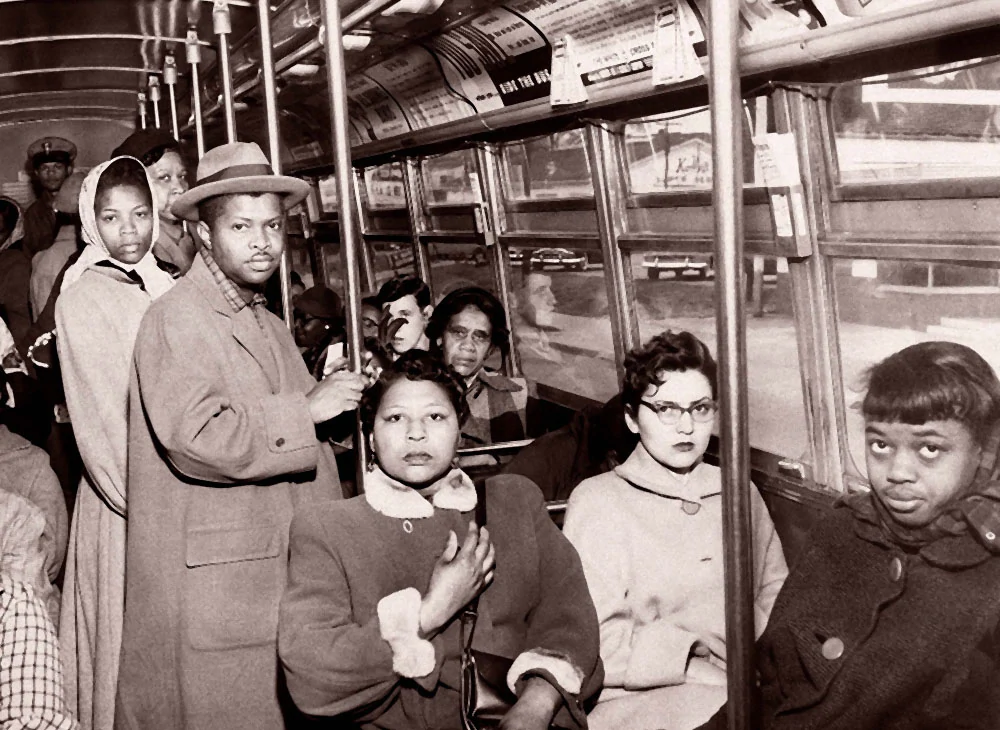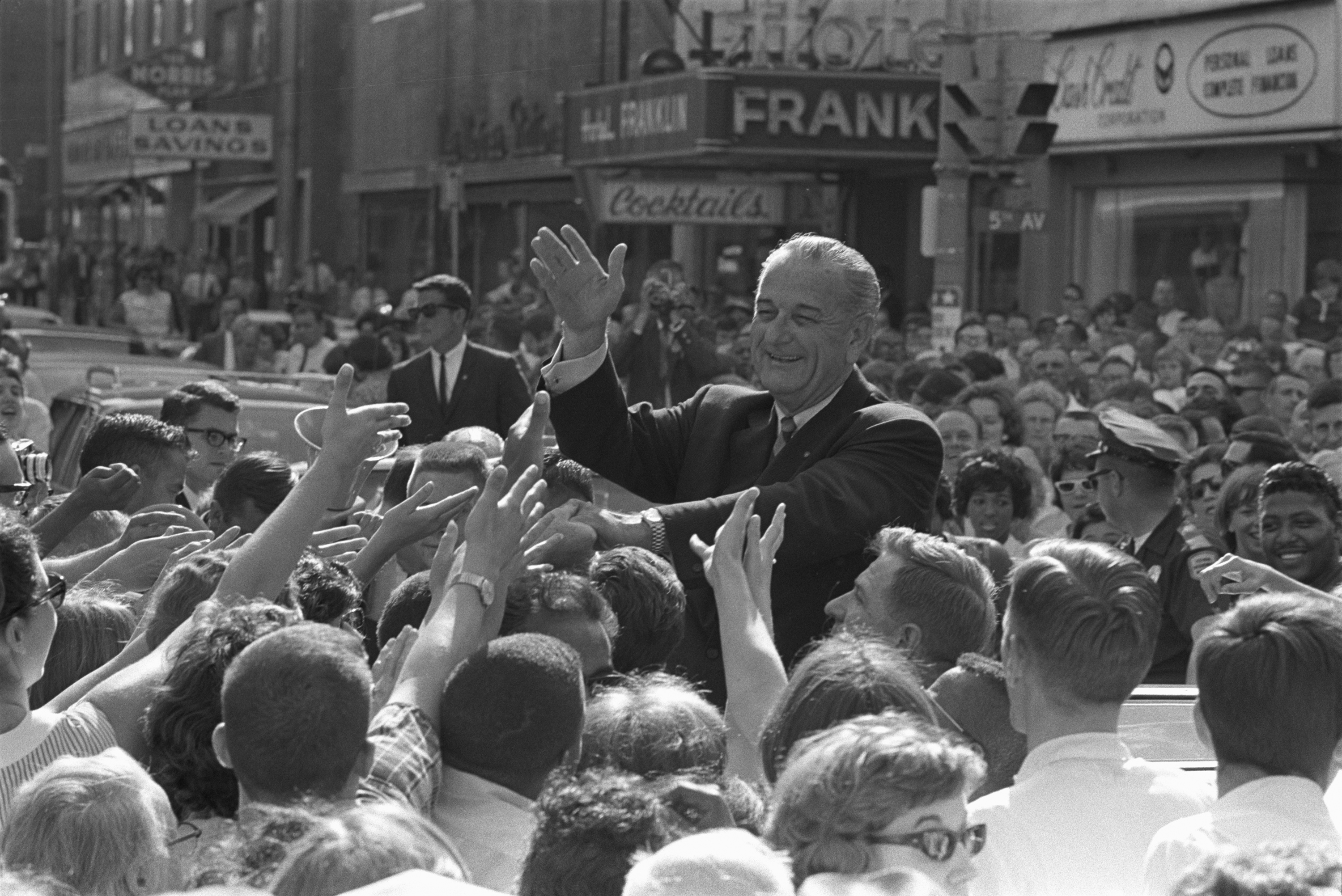- MULTIPLE PERSPECTIVES -
Left Perspective
The Left perspective, or the side in support of the Great Society, focused on how the different programs could strengthen our country. Johnson played the leader for the Left side. Those on the Left didn't see the Great Society as a burden, but rather as something that helped those in need. Support was given in aid programs, such as food stamps, loans, and single-parent financial backing from the government. This gave people better education and ways to escape poverty. In turn, it would reduce crime rates, build a stronger workforce, and solve other social problems. The left believed in the end, the dividends of these costs were actually good for everyone, not just the impoverished.
Right Perspective
The Right perspective opposed the Great Society. From this perspective, they believed that the government shouldn't be giving handouts to poverty-stricken citizens. The logic was that if we gave aid to those who don't work, we would create a cycle of laziness and dependence on the government. President Nixon was someone on the Right side. Though he didn't want to take away from the poor, he believed that making these major reforms, especially during the Vietnam War, would result in neither being particularly effective. However, with or without a war, the Right believed these programs to be too costly either way.

White and black bus passengers sit side by side in Norfolk in April 1956 after racial segregation on intrastate transportation ended under a Supreme Court decision. (AP)

President Lyndon B. Johnson Shakes Hands with supporters in Des Moines, Iowa, 1966. Photograph by Yoichi R. Okamoto. Lyndon Baines Johnson Presidential Library and Museum.